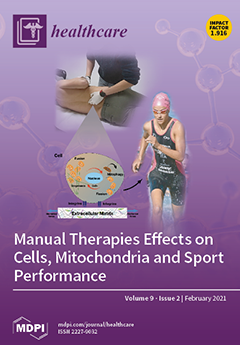(1) Background: Among the health problems affecting adolescents, anxiety disorders are considered among the health-compromising or debilitating outcomes that affect adolescents’ mental health. We examined the prevalence and factors associated with anxiety-induced sleep disturbance among in-school adolescents in sub-Saharan Africa (SSA). (2) Methods: This study involved a cross-sectional analysis of data from the Global School-Based Health Survey (GSHS). We analyzed data on 25,454 in-school adolescents from eleven (11) countries in SSA with a dataset between 2010 and 2017. Two multivariable logistic regression models were built to determine the strength of the association between anxiety-induced sleep disturbance and the explanatory variables. The results of the regression analyses were presented using adjusted odds ratios (aOR) and their respective 95% confidence intervals (CIs). Statistical significance was set at
p-value < 0.05. (3) Results: The overall prevalence of anxiety-induced sleep disturbance among in-school adolescents in SSA was 12.2%. The prevalence ranged from 5.1% in Tanzania to 20.5% in Benin. The odds of anxiety-induced sleep disturbance was higher among adolescents aged 15 and above [aOR = 1.26, 95% CI = 1.15, 1.39] compared to those aged 14 or younger. Additionally, the odds of anxiety-induced sleep disturbance was higher among adolescents who were bullied [aOR = 1.54, 95% CI = 1.42, 1.67], those that felt lonely [aOR = 3.85, 95% CI = 3.52, 4.22], those who had suicidal ideations [aOR = 1.70, 95% CI = 1.52, 1.90], those who had suicidal plan [aOR = 1.26, 95% CI = 1.13, 1.41], those who have had suicidal attempt [aOR = 1.21, 95% CI = 1.08, 1.35], those who used marijuana [aOR = 1.27, 95% CI = 1.06, 1.52], and those who were truant at school [aOR = 1.33, 95% CI = 1.22, 1.46]. However, male adolescents had lower odds of anxiety-induced sleep disturbance [aOR = 0.88, 95% CI = 0.81, 0.95], compared to their female counterparts. (4) Conclusions: We found a relatively high prevalence of anxiety-induced sleep disturbance among in-school adolescents in SSA. Higher age, being female, being bullied, loneliness, having suicidal ideations/plan/attempt, use of marijuana and truancy were risk factors for anxiety-induced sleep disturbance. The findings, therefore, highlight the urgency for policies (e.g., early school-based screening) and interventions (e.g., Rational Emotive Behavioral Education (REBE), Social Emotional Learning (SEL) that target in-school adolescents within the most at-risk populations of anxiety-induced sleep disturbance in SSA.
Full article






